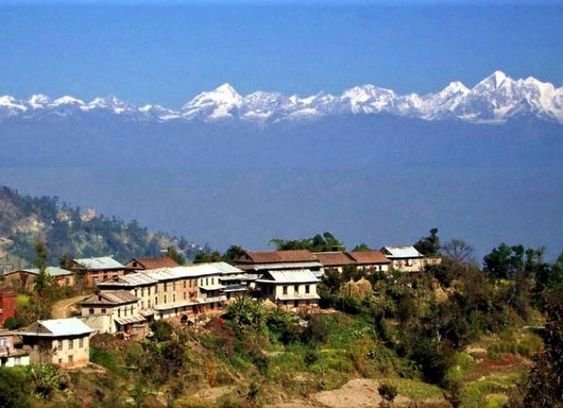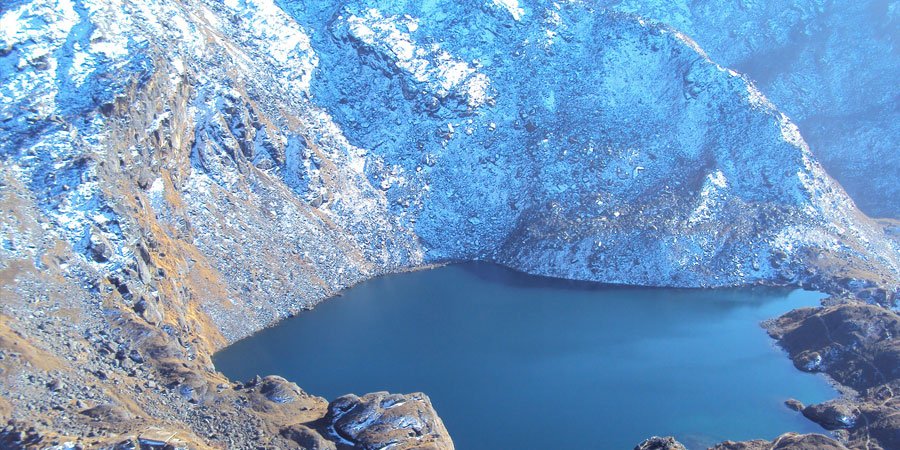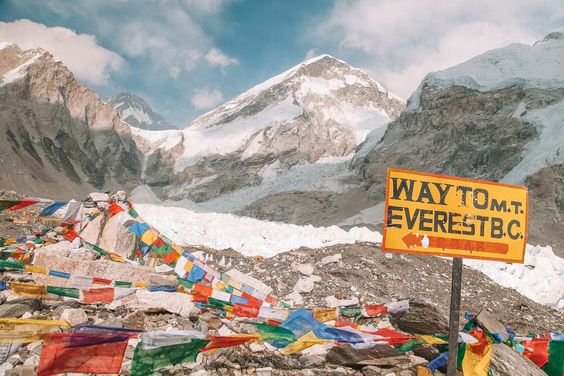Nepal, is one of the few countries in the world, where seven world heritage sites are situated within 20 km of radius. Tourists can enjoy the glorious sunrise from Nagarkot, the majestic mountain flight, the highest peak in the world (Sagarmatha -Mt. Everest, at an altitude of 8848 meters), the best wild life reserve, many rivers for rafting, various trekking trails with majestic Himalayan views. All in all Nepal has probably the best of all round leisure activities that a small and landlocked country can offer.
Nagarkot:
Nagarkot is located at 32 km east of Kathmandu, rest at an altitude of 2175 meters above sea level. This resort area offers panoramic view of the major peaks of eastern Himalayan range, including world’s highest peak Mt. Everest, with sunrise.
Kathmandu Durbar square:
The Durbar square, which is itself the old royal palace complex dedicated to the Malla monarchs, is today classified as World Heritage Site. The interesting things are Talezu temple(built in 1549 AD), a gigantic stone figure exposing the fearful manifestation of the Black Bhairav which the Hindus regard as the God of Destruction, the tall stone pillar on the plinth-top of which sits late King Pratap Malla, the colossal image of the White Bhairav, the nine-storeyed Basantapur Palace, the great bell and the great Drums, a unique type of wooden temple called Kasthamandap, living goddess Kumari temple etc. The main Golden Gate is guarded by the Monkey-God called Hanuman.
Pasupatinath temple:
It is a pagoda style Hindu temple with gilt roofing and richly carved silver doors dedicated to lord Shiva and is situated at the bank of the holy Bagmati River. Pashupatinath temple is one of the most sacred temples in the entire Hindu world, where only Hindus are permitted to enter the main courtyard of the temple. Alien tourists can view the temple from the eastern side of the Bagmati River.
Swayambhu Shrine: This is believed to be 25 centuries old and stands as one of the world’s oldest Buddhist Chatyas. It is indeed listed a World heritage Site to prove that it serves as the nerve center of faithful worship for all the devout Buddhist of the universe. Situated on the top of a hillock, it is about 500 feet above the level of the Kathmandu.
Boudhnath Stupa:
This is declared to stand as the largest Buddhist shrine of south Asia. The four pairs of the Buddha’s eyes give a vivid flash to the four cardinal directions, meaning to keep a diligent watch over the people and their commitments all day all night.
Bhaktapur Darbar Square:
Bhaktapur, also known as Bhadgaun, stood as the capital of Nepal Valley once during the olden days. And today it is a treasure home of medieval arts and architectures. The whole city takes the shapes of a “Khat-Kon” or David’s Star. The things to see at Bhaktapur are Datta-Treya Square, Nyatpole, 55 window palace etc.
Patan Darbar Square:
One of the city of Kathmandu valley, Patan is a city of temples and place known as a place for ancient architect.
Pokhara:
Pokhara is the best resort area in Nepal that lies 200 kms west of Kathmandu. It is a pleasant valley with great natural charms, clean water lakes, placid natural surroundings towering and glistering Himalayan peaks in the north and gorgeous Seti River and other natural wonders make Pokhara a rich natural resort area.
Lumbini:
Lumbini is the sound birthplace of Lord Gautam Buddha – the apostle of compassion and non-violence. He is not only the Light of Asia bot also the Messenger of Universal Peace as well. The auspicious garden of Lumbini is situated amidst the newly established town of Siddharthanagar in the hot Terai plains of west Nepal. The broken Ashokan pillar, holly remnants of an old Buddhist monastery, divine images of the Buddha’s mother Great Mayadevi etc are still well preserved here. Extensive excavation task is being carried out with promising effects. It is accessible by air from Kathmandu to Bhairahawa, whence you can continue proceeding by car.




